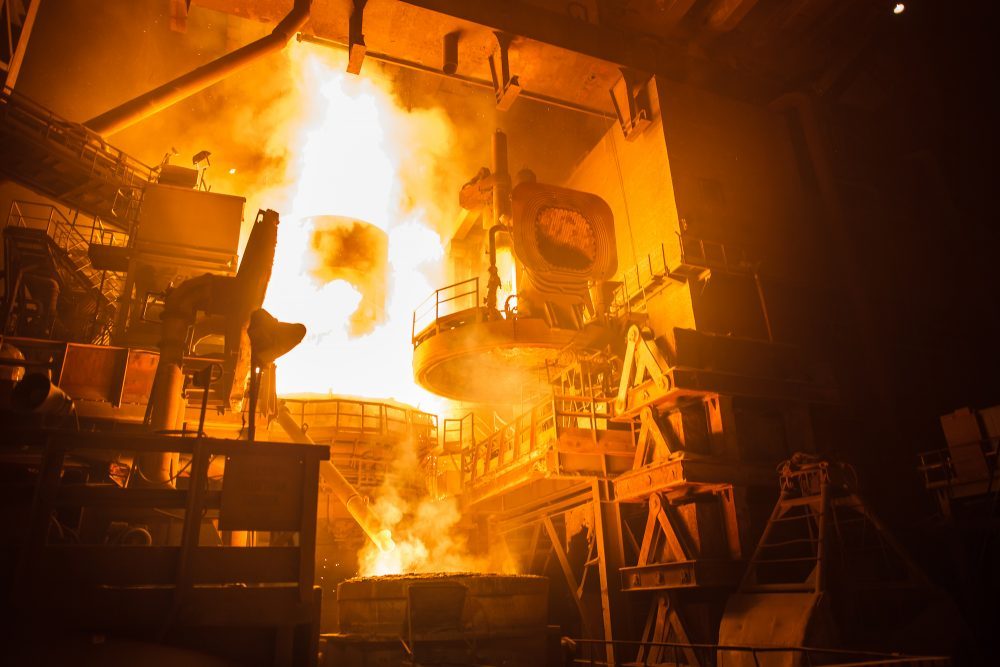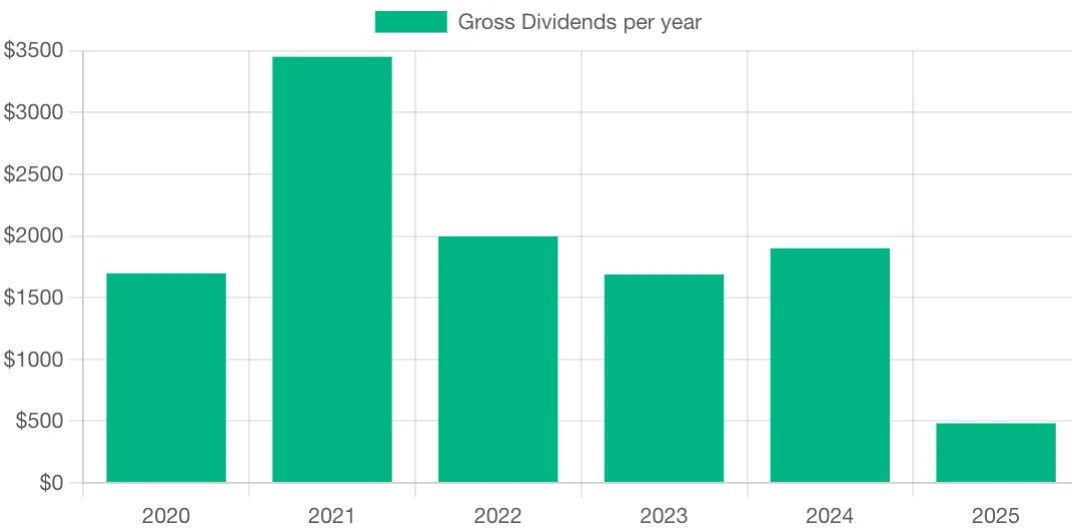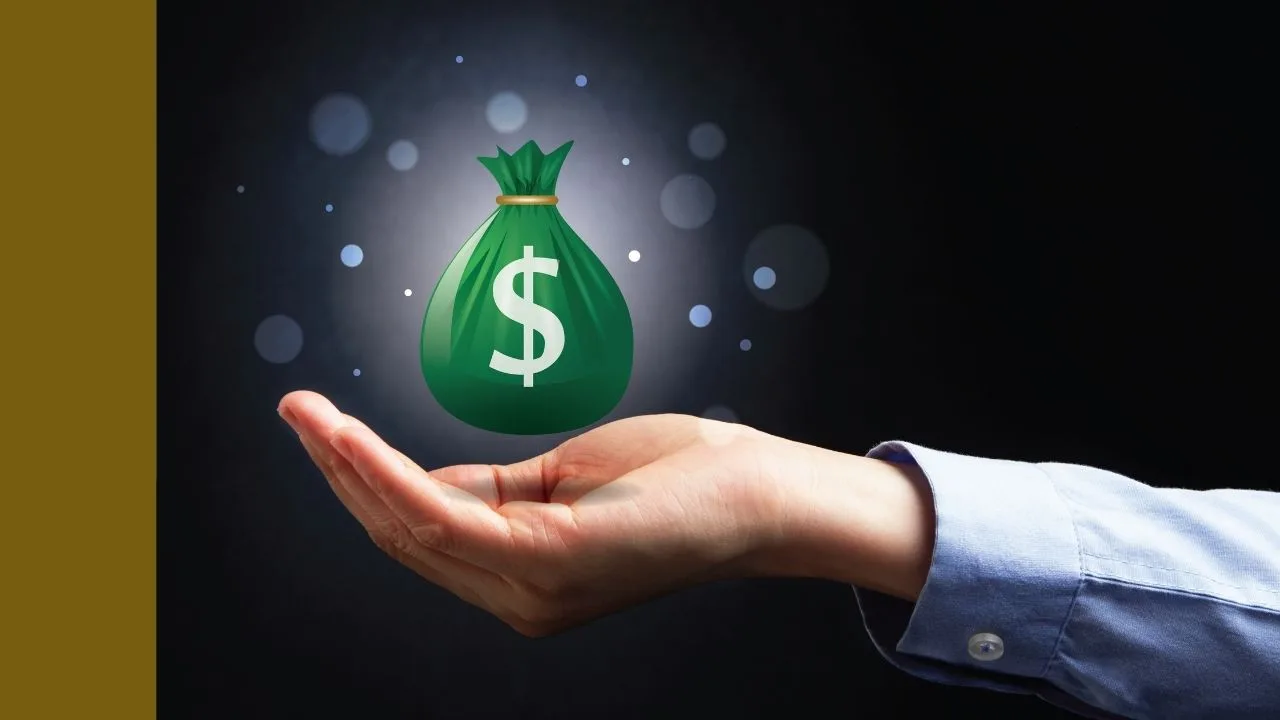The US Fed has confirmed that it’s thinking that interest rates are going to rise in March 2022. What does this mean for the ASX share market?
A central bank decides what the interest rate should be for the country it represents. The Reserve Bank of Australia (RBA) is Australia’s central bank, whilst the US Federal Reserve is the one for the world’s biggest economy.
US interest rates to rise
Central banks decided to try to combat the economic impacts of the COVID-19 pandemic by lowering interest rates to 0%, or almost 0%, around the world.
But the global economy has recovered and now inflation is remaining persistently higher than what central bankers are comfortable with. One of the main tools to bring down inflation is to increase interest rates.
There has been a lot of speculation about when the US Federal Reserve would start to normalise interest rates again. Whilst plenty of investors and market commentators thought that the US Fed would raise interest rates eventually, the pace of those increases is now seemingly much quicker than expected a few months ago.
The Federal Reserve Chair Jerome Powell told the world today that the Fed is expecting to raise interest rates in March and could increase the interest rate a few more times this year.
However, he said that the Fed officials have not made any decisions about the path of policy because it needs to be nimble according to reporting by Bloomberg.
Mr Powell, the Fed leader, said:
“We will need to be nimble so that we can respond to the full range of plausible outcomes. We will remain attentive to risks, including the risk that high inflation is more persistent than expected, and are prepared to respond as appropriate.”
What’s the reason for the need to raise?
The US Fed wants to keep a lid on inflation, which it wants to be around 2%. The strong job market is another factor that is a reason to start increasing the interest rate back to normal, according to the Fed.
Balance sheet to reduce
The US Federal Reserve also said that it’s planning to end asset purchases on schedule, which would mean in early March. The balance sheet is now US$8.9 trillion in size. Balance sheet reduction will start after it has started raising rates, though no decision has been made about the size or speed of the reduction.
What does a higher interest rate mean for the ASX share market?
In recent weeks we’ve already seen a large drop in some ASX growth shares like Temple & Webster Group Ltd (ASX: TPW), Xero Limited (ASX: XRO) and Australian Ethical Investment Limited (ASX: AEF).
Higher interest rates should theoretically mean lower valuations in the shorter term for growth shares, bond-like shares and property. I think lots of these growth businesses are much more attractive now. Don’t forget, most of them will still keep growing regardless of whether the interest rate is a little bit higher.
If you’re looking to learn how to do your own ASX company valuations, take our free share valuation course, which takes you through 6 common share valuation techniques, step by step.
Or try our Beginner Shares Course if you’re just starting out. Both are free.








